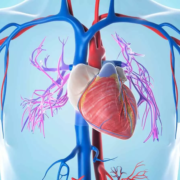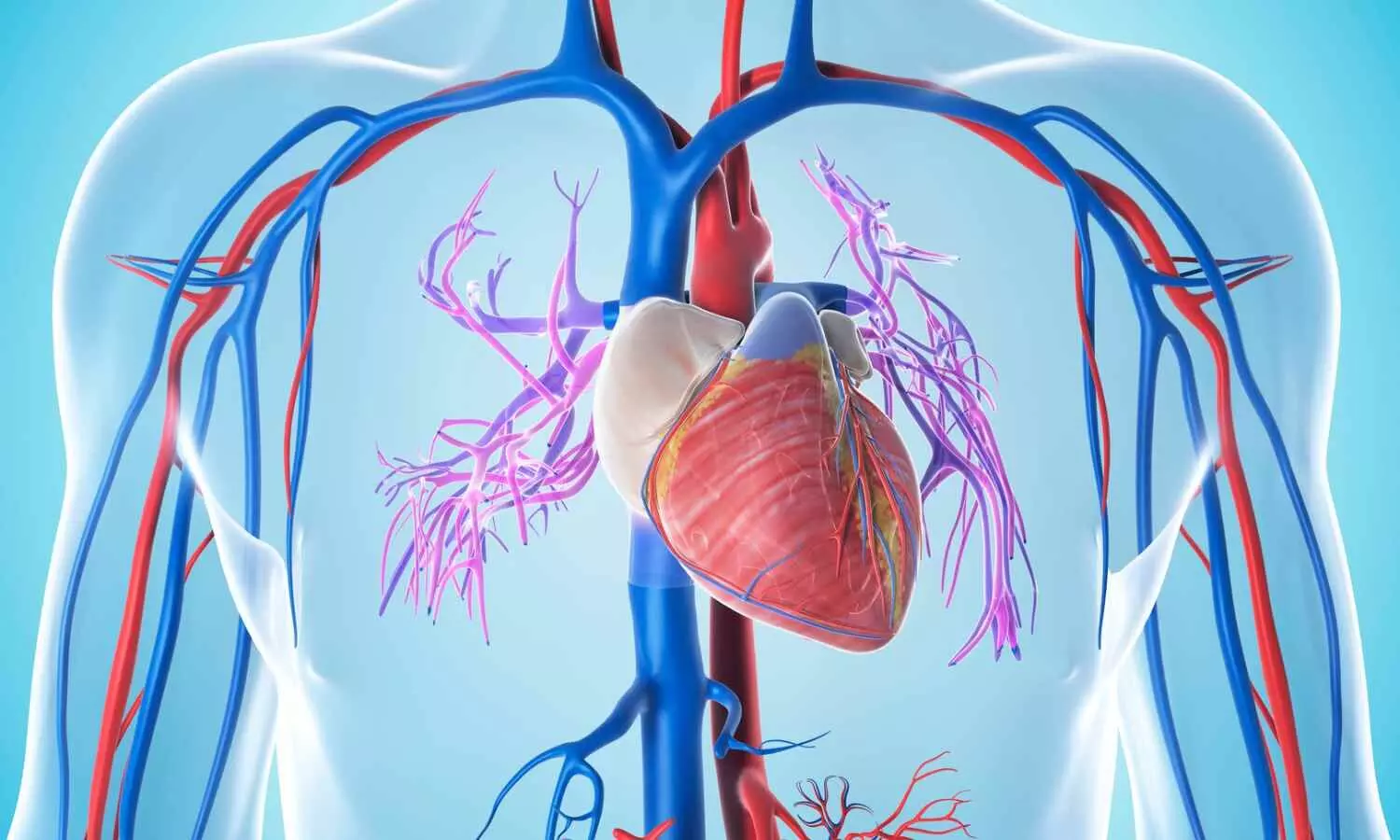MP doctor allegedly refuses anti-rabies injection, suspended

Bhopal: A woman doctor at a government hospital in Madhya Pradesh was suspended for allegedly refusing to administer an anti-rabies injection to the wife of Dr Subroto Das, a Padma Shri awardee from Vadodara, an official said on Monday.
The incident took place during the couple’s visit to the popular tourist spot of Mandu, where a stray dog bit Sushmita Das on her leg
Dr Das and his wife, Sushmita Das (60), had come to Mandu in Dhar district of MP two days ago. A stray dog bit Sushmita Das on her leg during the visit.
When the couple approached a local health facility for an anti-rabies shot, the attending doctors allegedly declined to administer it, citing unavailability, and redirected them to a far-off health centre, according to a UNI news report.
Also Read:CHC doctor suspended for allegedly directing patients to private pharmacies
After the incident came to light, Dhar Collector Priyank Mishra took a serious note of the matter and ordered an inquiry by a team from Indore.
Based on the preliminary findings, Dr Chandni Dabrolia was found prima facie guilty and suspended by the health department.
Collector Mishra said the doctor’s actions were unacceptable, which warranted the suspension based on the findings of the initial probe.
Sushmita Das was later provided with an anti-rabies shot at the same health facility in Mandu.
“Any government institution, be it a hospital, college, school, service centre or office, must treat every service-seeking citizen respectfully and deliver the required service within the stipulated time,” Mishra told reporters here, reports PTI.
Medical Dialogues had earlier reported that the Tamil Nadu Health Department has temporarily suspended the duty doctor, nurse, and other staff at the Upgraded Primary Healthcare Centre (PHC) in Melvisharam, Ranipet district, after they were found absent during duty hours.
Also Read:Govt Doctor suspended for negligence after injecting patient’s wrong eye
Powered by WPeMatico









